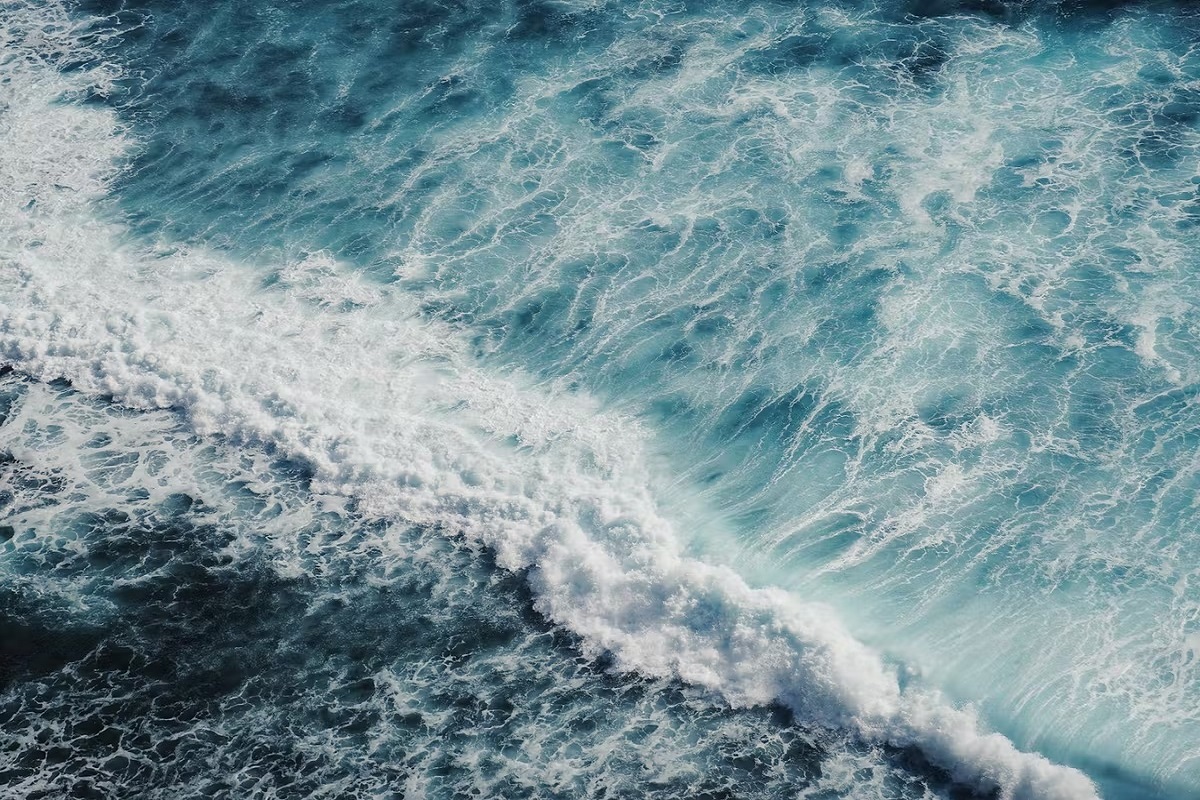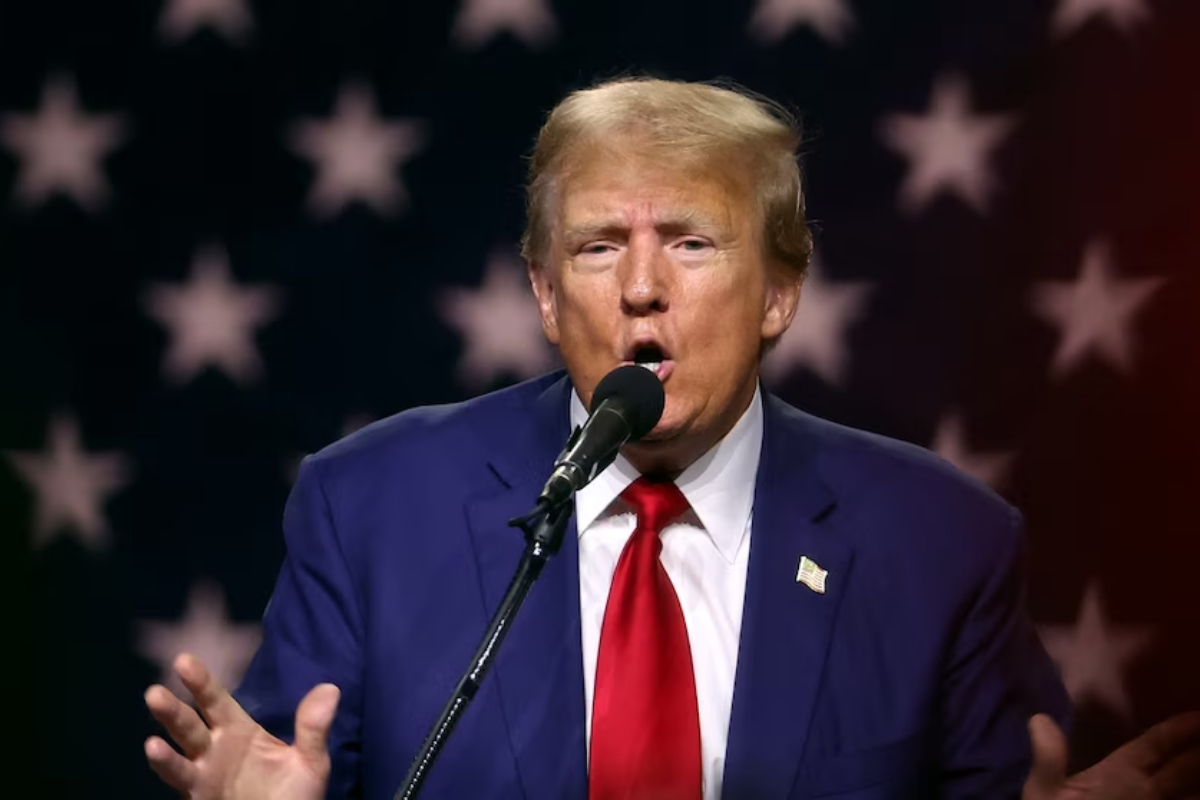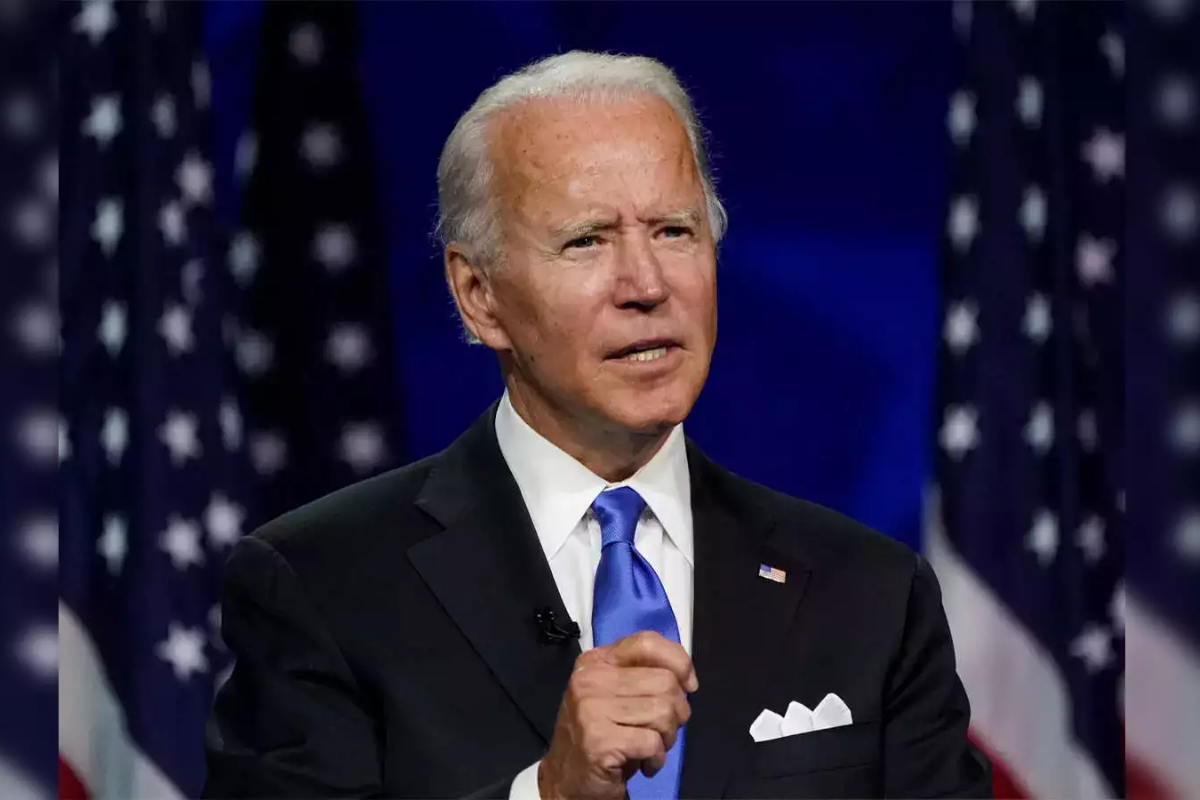- The UN High Seas Treaty has not yet been ratified.
- By 2030, 30% of the world’s oceans would be protected if it were approved.
- 10% to 15% of marine species are already in danger of going extinct.
Later, international leaders will gather in New York at the UN for additional discussions to protect the world’s oceans from overexploitation.
Despite ten years of discussions, the UN High Seas Treaty has not yet been ratified.
By 2030, 30% of the world’s oceans would be protected if it were approved.
The goal of the campaign is to safeguard marine life against overfishing and other human activities.
Currently, two-thirds of the world’s oceans are regarded as international waters, giving all nations the freedom to fish, travel, and conduct research there. However, only 1.2% of these so-called high seas are protected.
Because of the increasing risks posed by climate change, overfishing, and maritime traffic, the marine species that lives there is now vulnerable to exploitation.
Conservationists worry that species could go extinct before they are found because ecosystems in the high seas are poorly understood.
The National Oceanic and Atmospheric Administration-funded research from earlier this year estimates that 10% to 15% of marine species are already in danger of going extinct.
In past discussions, the International Union for the Conservation of Nature (IUCN) stated that the “traditional fragmented nature of ocean governance” had made it impossible to effectively safeguard the high seas.
A network of Marine Protected Areas would be established as a result of the accord. Before authorising for the continuation of commercial activities like deep-sea mining, environmental impact analyses would be conducted.
When minerals are extracted from the sea bed 200 meters or deeper, this is referred to as deep-sea mining. According to the IUCN, these minerals include cobalt, which is used in electronics but the process may also be hazardous to marine life.
The International Seabed Authority, which oversees these activities, had granted 31 contracts to search for minerals in the deep sea as of March 2022.
Additionally, states are attempting to incorporate provisions in the agreement that would increase access to marine genetic resources for developing and landlocked countries (MGR).
MGR is biological material derived from marine plants and animals that can be used in food, pharmaceuticals, and other industrial operations.
However, because Covid-19 prevents governments from convening, progress has been slow. It was also delayed by disagreements about the legal treaty’s content.
Some countries, including Russia and Iceland, favour the exclusion of fisheries.
Countries decided in March to have a fifth and final session in an effort to sign the Treaty, with a deadline set for the end of the year.
Should this not happen, an EU spokesperson told the BBC it was still committed to the issue: “The EU will insist on the quick continuation of the negotiations.”
“Action is needed to ensure the conservation and the sustainable use of the Ocean for current and future generations,” they added.
“I believe that with continued commitment, determination and dedication, we will be able to build bridges and close the remaining gaps,” conference president Rena Lee said after the conclusion of the most recent round of ineffective discussions.
Since so many people rely on the oceans for their food, livelihood, and leisure activities, protecting the oceans is also crucial for human populations.
Researchers at Plymouth Marine Laboratory estimate that the value of the world’s marine ecosystems is more than £41 trillion.
[embedpost slug=”/spotted-rare-sea-creature-in-pacific-ocean/”]





















